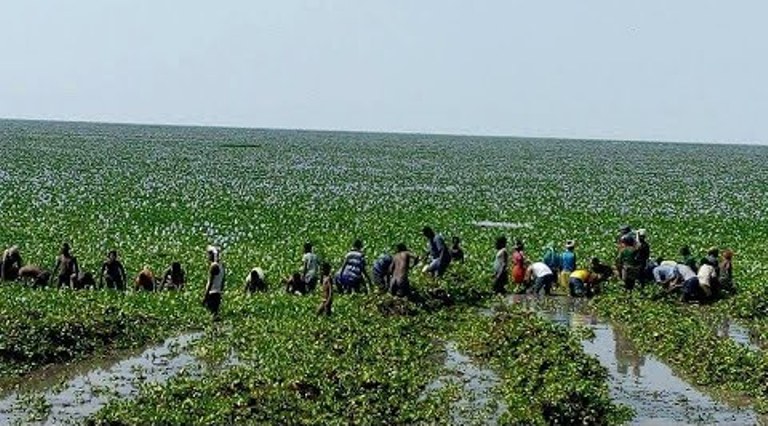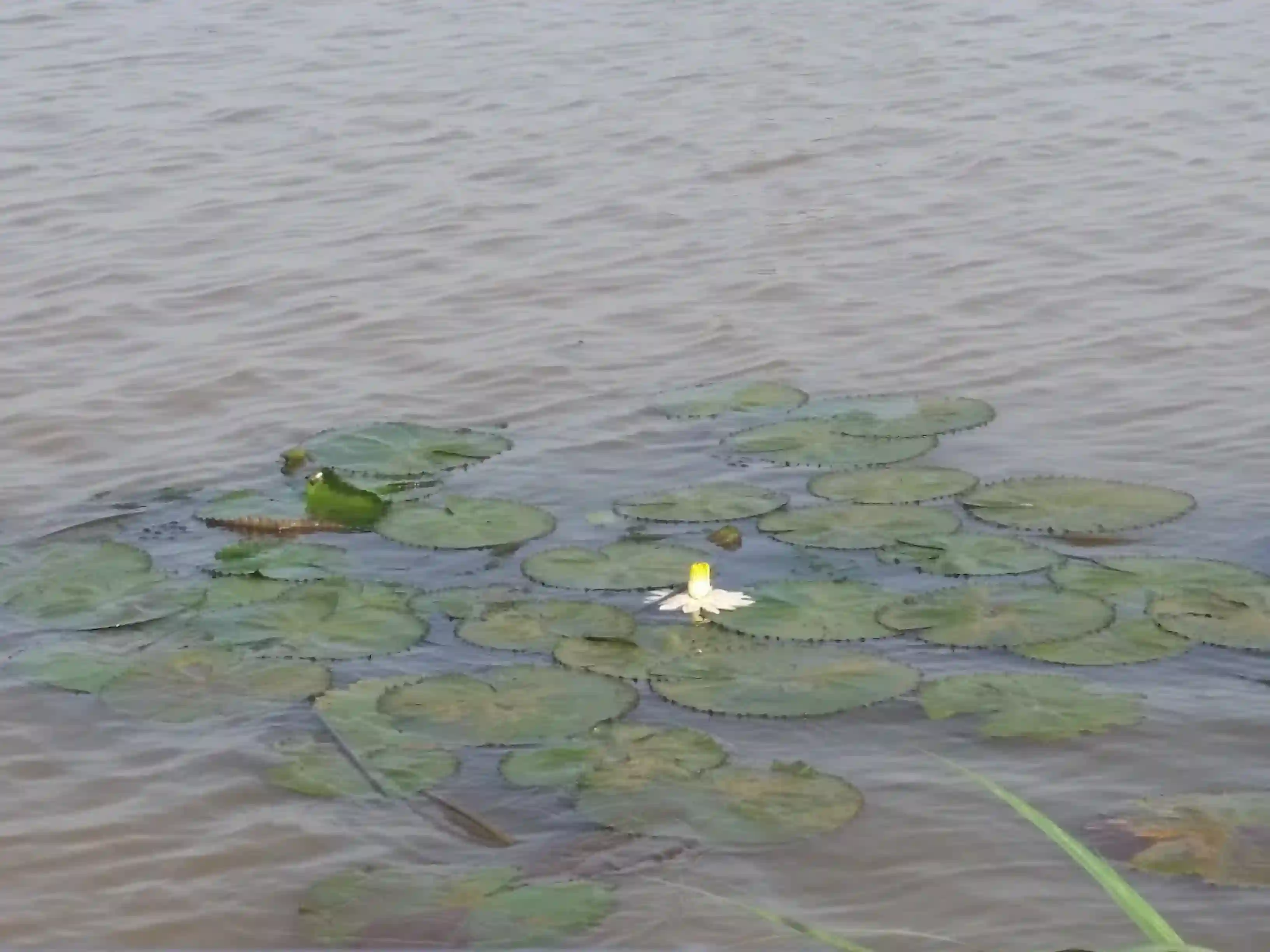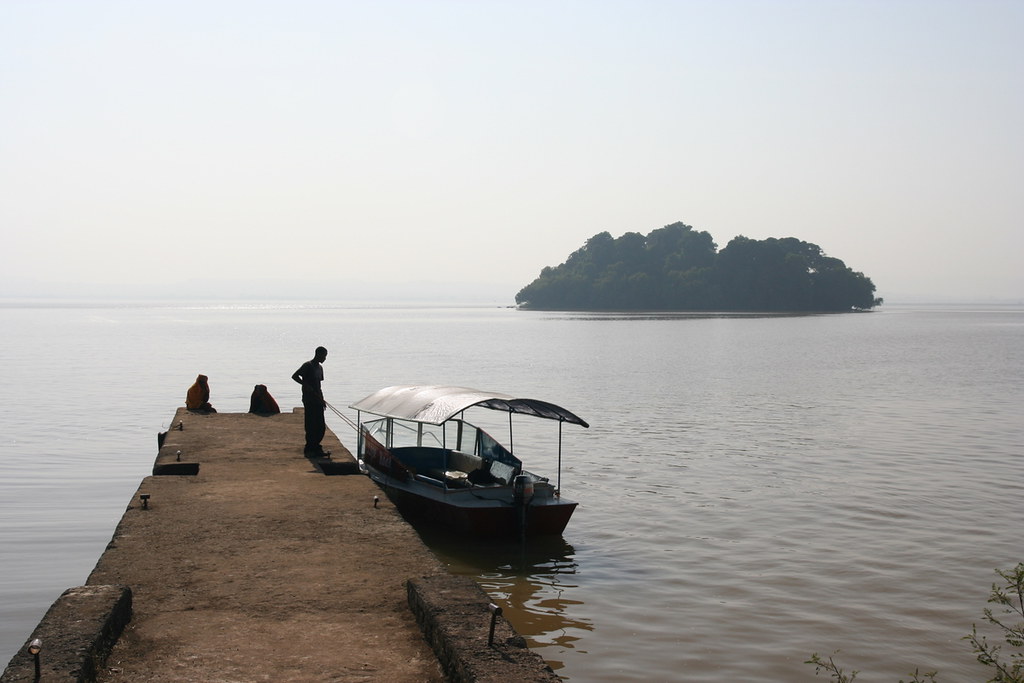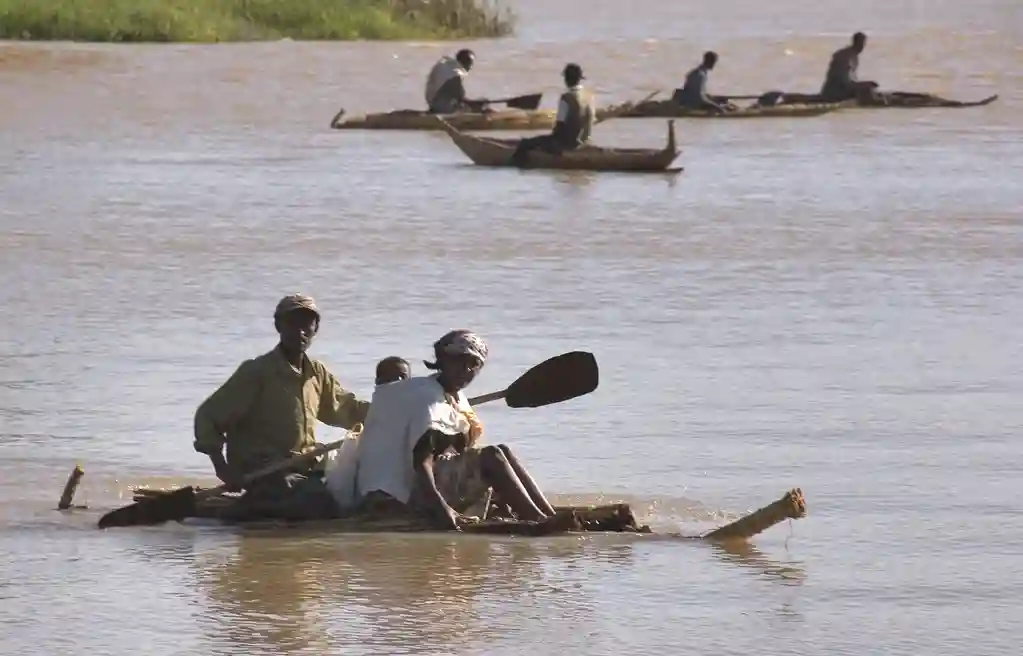Lake Tana: A Wonderful Gem Found Hidden in East Africa
In East Africa, there is a stunning and historically important place called Lake Tana. It's like a hidden treasure, surrounded by beautiful landscapes and filled with stories from the past. This lake is a true wonder of nature and human history.
From its vast waters to the ancient monasteries on its islands, Lake Tana is a place that captures the imagination and invites people to explore its amazing shores. In this article, we will uncover the secrets and treasures of Lake Tana.

We'll learn about its history and geography, the diverse plants and animals that live there, and the communities that depend on it. We'll also discover the special islands with their old monasteries, which are symbols of faith and incredible architecture. We'll talk about how people make a living around the lake and the importance of protecting it while also welcoming tourists. Join us on this journey as we reveal the wonder of Lake Tana, a natural gem that continues to amaze everyone who visits. Get ready to be immersed in the beauty and heritage of East Africa as we explore this remarkable place.
Historical Origins and Geographical Features
Lake Tana, the largest lake in Ethiopia, holds significant historical and geographical importance. It is located in Bahir Dar city, in the Amhara Region within the north-western Ethiopian Highlands.
The lake stretches approximately 84 kilometers (52 miles) in length and 66 kilometers (41 miles) in width. With a maximum depth of 15 meters (49 feet) and an elevation of 1,788 meters (5,866 feet), Lake Tana stands as a remarkable natural wonder. One of the notable features of Lake Tana is its role as one of the source of the Blue Nile River, or River Abay as it is called in Ethiopia. The Blue Nile River is one of the major tributaries to the Nile River, which is the longest river in the world. The lake is fed by seven permanent rivers, including the Gilgel Abay, Reb, and Gumara rivers, and 40 seasonal rivers. Its waters contribute to the flow of the Blue Nile, a river of great significance that traverses through Ethiopia and Sudan.
Formation and Changing Landscape
Lake Tana's formation can be attributed to volcanic activity, which occurred approximately 5 million years ago during the early Pleistocene epoch. Over time, the lake has experienced changes in its size and the number of islands it contains. Currently, Lake Tana has a surface area ranging from 3,000 to 3,500 square kilometers (1,200 to 1,400 square miles) depending on the season and rainfall. It is worth noting that the lake's water level has been regulated through the construction of a control weir, which manages the flow of water into the Blue Nile Falls and the hydro-power station.
Environmental Characteristics
The waters of Lake Tana are relatively cold compared to other tropical lakes, with temperatures typically ranging from about 20 to 27 °C (68–81 °F). The lake has a neutral to somewhat alkaline pH, and its transparency is relatively low. Due to seasonal variations in inflow, rainfall, and evaporation, water levels in Lake Tana fluctuate throughout the year, with a peak in September–October following the main wet season. These fluctuations can lead to flooding in the surrounding plains and the connection of permanent swamps to the lake.
Aquatic Vegetation
Lake Tana is home to a variety of aquatic vegetation, including floating plants such as water hyacinths, which has been a concern by invading the lake, and lily pads. These plants provide important habitat for fish and other aquatic organisms.

However, the wetlands surrounding the lake, which serve as crucial nurseries for fish species, are facing the threat of habitat destruction due to human activities and other invasive plant species.

UNESCO Biosphere Reserve
In recognition of its national and international natural and cultural significance, the Lake Tana region was designated as a UNESCO Biosphere Reserve in 2015. This acknowledgment highlights the unique ecological and cultural value of the area.
Islands and Monasteries

In 1771, James Bruce, an explorer, reported that the locals counted 45 inhabited islands but believed the number to be around eleven. In 1881, Anton Stecker conducted a detailed examination and counted 44 islands. In the 20th century, a geographer identified 37 islands, with 19 of them believed to have had or still have monasteries or churches.
These island monasteries serve as repositories for ancient Ethiopian emperors' remains and Ethiopian Church treasures. Some notable monasteries include Kebran Gabriel, Ura Kidane Mehret, Narga Selassie, Daga Estifanos, Medhane Alem of Rema, Kota Maryam, and Mertola Maryam.
The island of Tana Qirqos is said to have a rock where the Virgin Mary rested during her journey back from Egypt, and it is believed that Frumentius, who brought Christianity to Ethiopia, is buried on Tana Cherqos. The monastery of St. Stephen on Daga Island is the final resting place of Emperor Yekuno Amlak, and other emperors buried on Daga Island include Dawit I, Zara Yaqob, Za Dengel, and Fasilides.
The monasteries on Lake Tana's islands are often constructed on older religious sites, with some dating back to the fourteenth century, such as Debre Maryam. Other notable monasteries include Narga Selassie from the eighteenth century, Tana Qirqos (where the Ark of the Covenant was said to have been housed before being moved to Axum), and Ura Kidane Mehret, known for its regalia. To reach these monasteries, a ferry service operates between Bahir Dar and Gorgora, stopping at Dek Island and various lakeshore villages along the way. In addition to the islands, there is also the Zege Peninsula located in the southwest part of the lake, which is home to the Azwa Maryam monastery.
Recreational Opportunities
Lake Tana offers various recreational activities for visitors to enjoy. Boat tours are a popular way to explore the lake and visit the islands. Birdwatching enthusiasts will delight in the diverse avian species that inhabit the lake's surroundings. Additionally, fishing is a common activity, allowing visitors to experience the traditional fishing practices of the local communities.

Related: Revealing What You Need to Know about Danakil Depression
Although it is tempting to swim in the lake, it is important to exercise caution and refrain from doing so due to the potential presence of hazards and risks associated with the aquatic fauna, water quality, and the lake's specific conditions.
Conservation Challenges
Lake Tana and its unique ecosystem face several conservation challenges. One of the main concerns is pollution resulting from the release of untreated wastewater from the growing city of Bahir Dar directly into the lake. This pollution not only affects water quality but also poses a threat to the diverse aquatic fauna and flora.
Habitat Destruction
The rapid expansion of Bahir Dar and the clearing of wetland vegetation pose a significant threat to the delicate balance of Lake Tana's ecosystem. The wetlands play a vital role as breeding and nursery grounds for fish species, including the endemic Labeobarbus barbs. The loss of these habitats can have a detrimental impact on the fish populations and the overall health of the lake.
Fishing and Economic Importance
Lake Tana supports a significant fishing industry that plays a crucial role in the local economy. The main target species for fishing include the Labeobarbus barbs, Nile tilapia, and sharptooth catfish. The Ethiopian Department of Fisheries and Aquaculture reported that in 2011, approximately 1,454 tons of fish were landed in Bahir Dar, accounting for an estimated 15% of the lake's sustainable fish yield.

Fishing in Lake Tana faces both opportunities and challenges. On one hand, the lake's diverse fish species provide a valuable resource for local communities, offering a source of income, employment, and food security. The Labeobarbus barbs, in particular, are highly sought after for their large size and commercial value.
However, there are concerns regarding the sustainability of fishing practices and the long-term health of fish populations. Studies comparing catches in 2001 to those from a decade earlier have shown a significant decrease in the typical sizes of Nile tilapia and sharptooth catfish. Additionally, the populations of Labeobarbus barbs that spawn in the lake's tributaries have experienced a significant decline.
Fisheries Legislation
To address the declining fish populations and other threats, the local government introduced fisheries legislation in the early 2000s. The aim of this legislation is to regulate fishing activities and promote sustainable practices. It is hoped that these conservation efforts will contribute to the recovery of fish populations and the long-term preservation of Lake Tana's biodiversity.Importance of Conservation
Lake Tana's ecological significance extends beyond its borders. The lake is an important resting and feeding ground for numerous migratory waterbirds, including species from the Palearctic region. Its conservation is not only crucial for the preservation of endemic fish species but also for maintaining the overall biodiversity and ecological balance of the region.
Local and International Cooperation
Conservation efforts for Lake Tana involve collaboration between local communities, government authorities, and international organizations. The engagement of local communities is essential in raising awareness about the importance of preserving the lake's resources and implementing sustainable practices. International organizations provide support through funding, research, and technical assistance to strengthen conservation initiatives.













